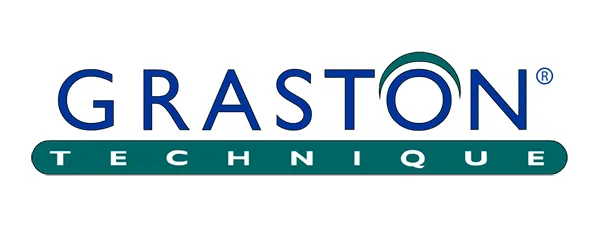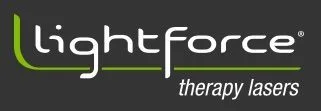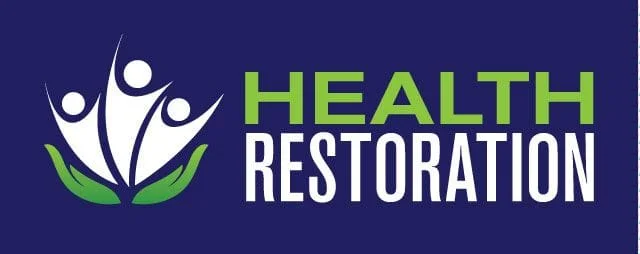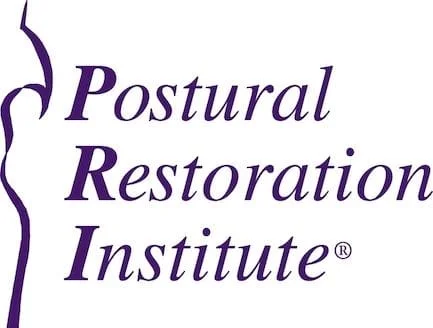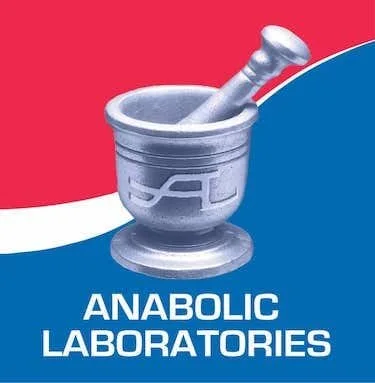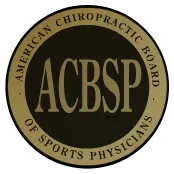by K.D. Christensen DC, CCSP, DACRB
Flexibility exercises are used to facilitate rehabilitation, prevent injury or reinjury, and provide a warm-up regimen. In rehabilitation regimens, flexibility or range-of-motion (ROM) exercises are used to establish a functional range of motion before proceeding to resistive exercises. Prescribed motions are emphasized with ROM exercises for certain conditions, e.g., calcific tendinitis and bursitis. The patient must execute the correct protocol in a consistent manner to avoid problems.
Is PNF Superior to Static Stretching?
A flexibility program is designed to improve the range of motion at a given joint by altering the extensibility of the musculotendinous units. Static stretching, once recommended, is now considered by many out of favor. 1, 2, 3 Proprioceptive neuromuscular facilitation (PNF) techniques by others are preferred. Both methods are based on alteration of the myotatic stretch reflex. Prentice 4 compared static stretching with PNF stretching by the slow-reversal-hold method for improving the range of hip joint motions in 46 subjects of both sexes, aged 18-34 years, who participated in a 10-week general fitness program emphasizing flexibility and cardiovascular endurance. Flexibility measures were applied three days a week under direct supervision. Only the right hamstrings were stretched, and goniometric measurements were repeated after the 10-week training period. The slow-reversal-hold PNF technique was superior to static stretching. The slight gain in range of motion in the control extremity suggested that some training effect took place to improve flexibility.
The efficacy of various stretching methods in improving flexibility may be explained by autogenic inhibition, based on inhibition that is mediated by afferent fibers and that acts on the alpha motor neurons supplying a muscle, and also by reciprocal inhibition. The PNF approach denotes any method in which input from peripheral receptors is used for either facilitation or inhibition. Static stretching relies on autogenic inhibition, as does the slow-reversal-hold technique. In the latter method, the sustained isotonic contraction by the antagonist muscle increases tension in the muscle, again exciting the inhibitory Golgi tendon organs. The isometric contraction of the agonist is based on reciprocal inhibition. The PNF method is superior to static stretching in improving in general range of motion of most subjects.
Adequate flexibility is necessary for rehabilitation from injury as well as for prevention of injuries and superior performance. Sady et al. 5 compared the effects of static and PNF stretching techniques for shoulder, trunk, and hamstring muscles on the flexibility of 65 male college students. Forty-eight subjects (three groups of 16) used the techniques; 17 served as controls. Results were available in 43 subjects. A Leighton flexometer was used to measure the range of motion at the joints traversed by the tested muscle groups. Exercises were performed three days a week for six consecutive weeks.
Only the PNF group had an increase in flexibility greater than the control group (10.6 vs. 3.4 degrees). The hamstrings improved by 9.4 degrees and the trunk by 5.2 degrees. Reliability generally was higher for post-training scores. Variability between test days was lower for post-training scores of the shoulder and hamstrings. Significant between-day changes in flexibility were observed before training.
These findings again indicate that PNF is a preferred method of improving flexibility. Flexibility training appears to result in more consistent flexibility scores. PNF techniques can be integrated into any rehabilitation setting and provide increased flexibility relatively rapidly. Further studies are needed to learn which combination of repetitions, sets, duration, and frequency will result in maximal gains in flexibility.
The proprioceptive neuromuscular facilitation mobilization techniques of contract-relax (C-R) and hold-relax (H-R) are commonly applied at the point of limitation of motion and require active, resisted contractions of the range-limiting antagonistic pattern. Range of motion may increase contralaterally when these methods are used on an uninvolved extremity. Markos 6 compared the effectiveness of H-R and C-R in increasing range of hip flexion bilaterally during straight-leg raising. Studies were done in 30 normal women with a mean age of 22 years.
Maneuvers were applied to the right leg in two diagonal patterns while electrical activity was monitored in the contralateral rectus femoris, vastus medialis, semimembranosus and biceps femoris. The increase in range of motion of the right leg in subjects in the C-R group was significantly greater than that in the H-R and control groups. For the unexercised limb, the increase in motion in the C-R group was significantly greater than that in the control group. All but one of the 30 subjects exhibited electrical activity in the contralateral limb when the right leg contracted against resistance.
Both H-R and resistance toward the non-painful range deserve consideration when a treatment program is being planned. Contract-relax appears to be of most benefit in increasing the range of motion of tight musculature in both the involved and uninvolved limb.
Cryostretch
Many musculoskeletal injuries cause some degree of muscle spasm or tightness. Cryostretch therapy 7 combines ice application with the hold-relax technique of proprioceptive neuromuscular facilitation, involving static and isometric stretching of the affected muscle. A brief neuromuscular training session is conducted before the first exercise session to help the patient so that the joint moves through as great a range of motion as possible without resistance. The motion is repeated two or three times.
Each exercise bout consists of a 65-second set of static stretches and isometric contractions, a 20 second rest, and another set of exercises. Three bouts are performed during each treatment session, with two or three sessions each day. The muscle is numbed with a large cold pack or by massage with an ice cone. Initially the extremity or body part is moved until tightness or pain is felt. After holding the part in a pain-free position for 20 seconds, the patient is told to contract the muscle and try to perform the practiced motion while the therapist resists. Rapid contraction is avoided; contraction should last about five seconds and be as strong as possible. After this, the part is again moved to the point of pain for 10 seconds. The sequence is repeated, ending with a 10 second stretch, and the 65-second set of exercises is repeated after the limb has rested in the anatomical position for 20 seconds.
Combined cryokinetic and cryostretch therapy is instituted when the spasm is partially relieved, often within two-three days. Cryokinetic exercises begin with manually resisted muscle contraction through a functional range of motion, and should proceed through graded activity exercises. Full activity must be resumed gradually to avoid reinjury.
In order to assess the effectiveness of a PNF treatment plan, both objective and subjective data on patient results on outcomes must be collected and documented. The data typically focus upon the physical changes noted at the time of consultation and in subsequent visits (eg, range of motion). Ongoing outcome assessment data with comparative graphs over treatment time (available at www.outcomesassessment.org) documents the longterm results and effectiveness of the technique.
References
1. Pope RP, Herbert RD, et al. A randomized trial of preexercise stretching for prevention of lower-limb injury. Med Sci Sports Exerc 2000; 32(2):271-277.
2. Johansson PH, Lindstrom L et al. The effects of preexercise stretching on muscular soreness, tenderness and force loss following heavy eccentric exercise. Scand J Med Sci Sports 1999; 9(4):219-225.
3. Shrier I. Stretching before exercise does not reduce the risk of local muscle injury: a critical review of the clinical and basic science literature. Clin J Sport Med 1999; 9(4):221-227.
4. Prentice WE. Athletic Training 1983; 18(Spring):56-59.
5. Sady SP, Wortman M, Blanke D. Flexibility training: ballistic, static or proprioceptive neuromuscular facilitation? Arch Phys Med Rehabil 1982; 63(6):261-263.
6. Markos PD. Ipsilateral and contralateral effects of proprioceptive neuromuscular facilitation techniques on hip motion and electromyographic activity. Phys Ther 1979; 59(11):1366-1373.
7. Knight KL. Physician Sportsmed 1980; 8(Apr):129.
Related posts:
- In-Office Rehab and Balance Training
- Warm-Up and Stretching Procedures
- Rehabilitation of Running Injuries
- Rehabilitation of the Hip
- Core Training: The Dangers of What Our Patients Think They Know














